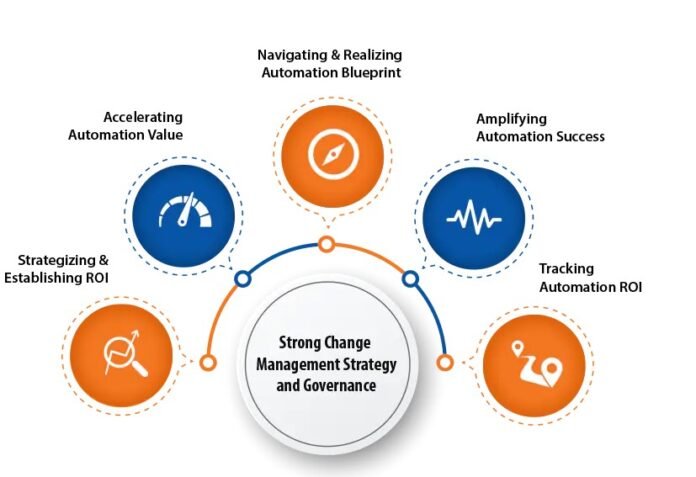In order to create the right successful cloud strategy, you need to know some rules. And we will talk about them today.
When examining the elements of a well-executed migration, the most important points are the need to promote IT optimization and innovation in the midst of digital transformation.
In the case of IT optimization, we take into account such points as cost reduction, risk minimization, “as a service” change management models, traditional applications, migration strategy, technological modernization, that is, accompanied by new technologies or a skilled workforce.
When we talk about IT innovation, the goal would be a performance improvement, efficiency gains, technology transformation, streamlined applications, agile and innovative practices, new skills, or DevOps. Meanwhile, digital transformation covers all this, as well as new applications, processes, services, new business models (in this case, IT is a business).
For a successful start and strategy planning, you can turn to cloud consulting services at Unicsoft.
1. Plan your strategy
The first step is to define your strategy, choose the environments that will be migrated, how and where to start and design your workflow during the transition.
2. Assess your workload requirements
This is used to know how much of its infrastructure will be consumed and thus know if the process is suitable to support a hybrid environment. With this assessment, you can, for example, determine whether it is worth keeping a particular database in your data center and moving applications to the cloud by establishing a connection over a dedicated channel.
3. Adaptation
In this step, you need to perform all cloud integration, if there is any specific connection integration, determine which templates and resource templates will be used in the cloud. For example, if we are going to use a cloud management platform, a platform for managing various clouds, this setup needs to be done.
4. Run the migration
Here we have an interesting point because several different approaches are presented. There are technologies that are provided by the providers themselves, and others on the market where you can get by migrating the virtual machine that is in your virtualizer directly to the cloud or even to one of the physical machines.
But, on the other hand, there is the possibility of reinitializing the same application, but, as we always talk about it, this must be carefully considered when planning. Migration is not always the best way, sometimes it is possible to install the application in a different way or view configurations, etc., so we have to evaluate what we want to migrate to the cloud and whatnot.
It is necessary to investigate what needs to be transformed in the IT environment, sometimes a change can bring significant benefits in the cloud computing environment, changes not only in infrastructure or service consumption aspects but also in the application.
In the same way, validation needs to run tests, evaluating the time and duration of migrations, whether it can be done without downtime, and if necessary, analyze how long it will take, taking into account that this must be taken into account during migration.
5. Cloud management.
The main point is the issue of integrating your monitoring. If you and your teamwork with hybrid clouds and your applications run in more than one environment, keep in mind that these digital environments require computing resources to be monitored, maintained, optimized, and automated.
Also integrate DevOps, which is already part of the development routine, and how all these applications will be configured in the cloud. Integrate management with IT sourcing strategies.
Now you know what is needed for a successful strategy.








